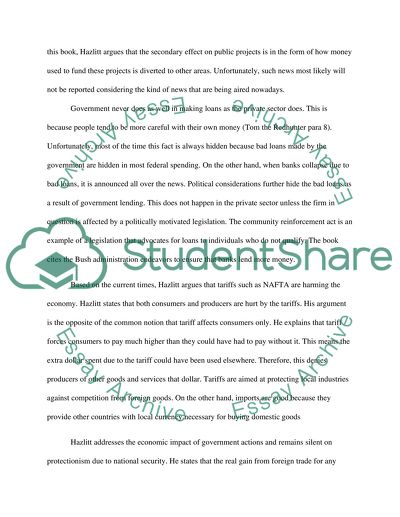Cite this document
(“Review of the Book Economics in One Lesson Essay”, n.d.)
Retrieved from https://studentshare.org/macro-microeconomics/1473669-review-of-the-book-economics-in-one-lesson
Retrieved from https://studentshare.org/macro-microeconomics/1473669-review-of-the-book-economics-in-one-lesson
(Review of the Book Economics in One Lesson Essay)
https://studentshare.org/macro-microeconomics/1473669-review-of-the-book-economics-in-one-lesson.
https://studentshare.org/macro-microeconomics/1473669-review-of-the-book-economics-in-one-lesson.
“Review of the Book Economics in One Lesson Essay”, n.d. https://studentshare.org/macro-microeconomics/1473669-review-of-the-book-economics-in-one-lesson.


